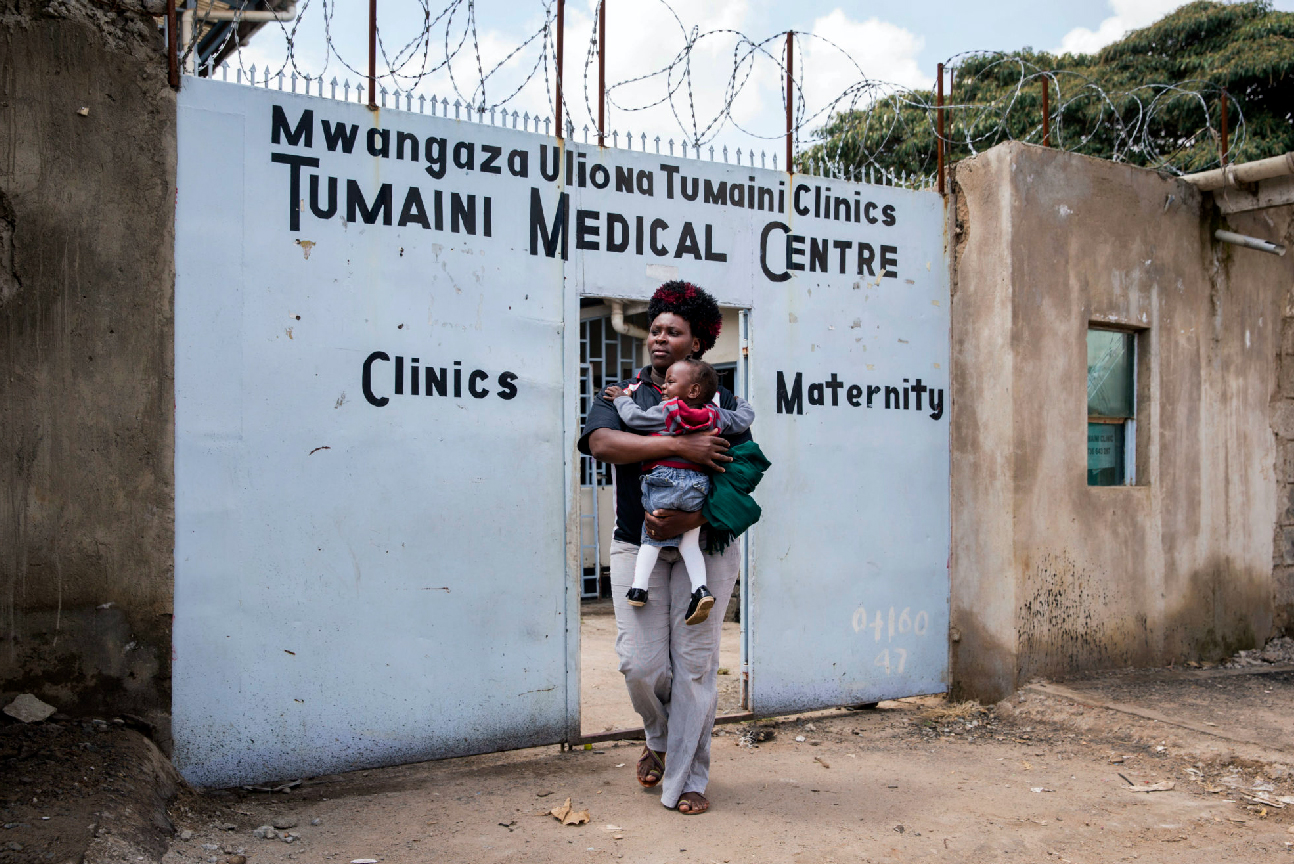The COVID-19 crisis shows the need for longer-term strategies to build in resilience against future shocks.
The Covid-19 pandemic has painfully exposed the gaps in health systems and infrastructure (most hospitals lack essential facilities) and the high levels of vulnerabilities of individuals and households.
According to the 2019 Kenya Population and Housing Census, about 19.5 million Kenyans are poor. The pandemic has increased that number. The World Bank reports that by November 2020, 2 million Kenyans had been pushed into poverty due to income loss.
During economic uncertainty, citizens look to the government to provide essential services, such as health and food. Unfortunately, financial protection by the Kenyan National Hospital Insurance Fund (NHIF) is relatively weak. It only offers limited financial protection. Poor, elderly and patients with chronic illnesses have the lowest access. It is in breach of Sustainable Development Goal 3, which states that every citizen has the right to access essential healthcare services, including financial risk protection.
Kenyans at the base of the pyramid experience economic hardship each time an out-of-pocket payment is necessary. It is often too big in relation to a household’s monetary ability. Lack of fiscal protection reduces access to care, undermines health status, and exacerbates well-being and socioeconomic inequalities. Globally, over 100 million people are pushed below the poverty line annually due to Out-of-Pocket (OOP) health expenditure. These payments increase the financial burden of a household, especially when people have to get loans.
Statistics show that the NHIF covers 18% of Kenyans, whereas the 32 private health insurers collectively cover only 1% of the population. It means that the majority of Kenyans depend on themselves to pay for health expenditures.
Out of Pocket Healthcare Payments
Two indicators track the extent to which out of pocket healthcare payments pose financial difficulties to households. The first is the catastrophic expenditures incidence and the second one is impoverishment.
The catastrophic expenditure incidence measures the levels of OOP healthcare payments that present financial difficulties to households. Impoverishment measures the levels of OOP payments that exacerbate poverty. In 2014, 39% of households reported that OOP payments pushed them into paucity, increasing from 32% in 2008. It shows that Kenya lags in protecting its people against financial risks associated with illnesses.
To ensure access to affordable quality health services and reduce out-of-pocket costs, several initiatives have been enforced. In 2004, the government removed cost-sharing at primary health care facilities. The user fees at hospitals were utilized as additional revenue sources to fund healthcare services. It was improved in 2013 when all charges, including registration costs, were abolished.
The Kenyan government is now increasing the budget for the health sector. However, more is needed on accountability. Authorities should ensure the funds are efficiently used in service delivery. The share of the health sector in the fiscal year 2019/20 was reviewed twice. The aim was to accommodate the increased expenditure due to the pandemic. The national treasury earmarked USD 1.034 Billion (103.4 Billion Kenyan Shillings) to the Ministry of Health and USD 1.24 Billion (124 billion Kenyan Shillings) to the county governments. Despite the continuous increase in budgetary disbursement, the portion translates to 7-9% as a share of the total government budget. It means that Kenya still lags to meet the Abuja Declaration target of 15% for health.
In addition, the Government of Kenya has committed to its citizens to achieve Universal Health Coverage (UHC) by 2022. It is also an essential item of the BIG 4 Agenda. It is a step in the right direction, as UHC focuses on reducing catastrophic health expenditure.
In conclusion, out-of-pocket costs are not affordable for the majority of Kenyans. Increasing availability and access to health insurance is the most efficient way to reduce financial risks from health expenditure. The annual increase in the health sector budget should be based on evidence and aim at achieving universal health coverage.


